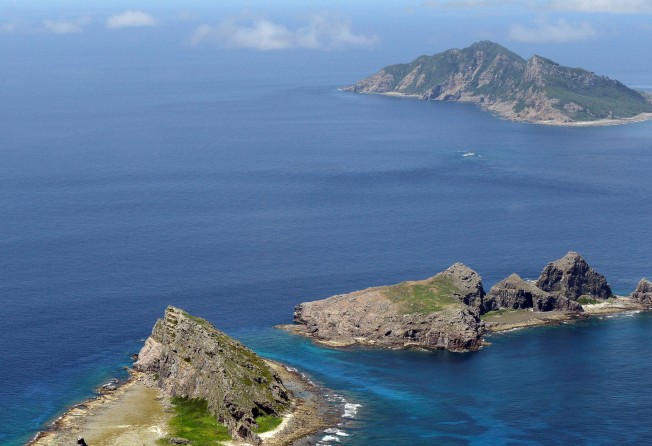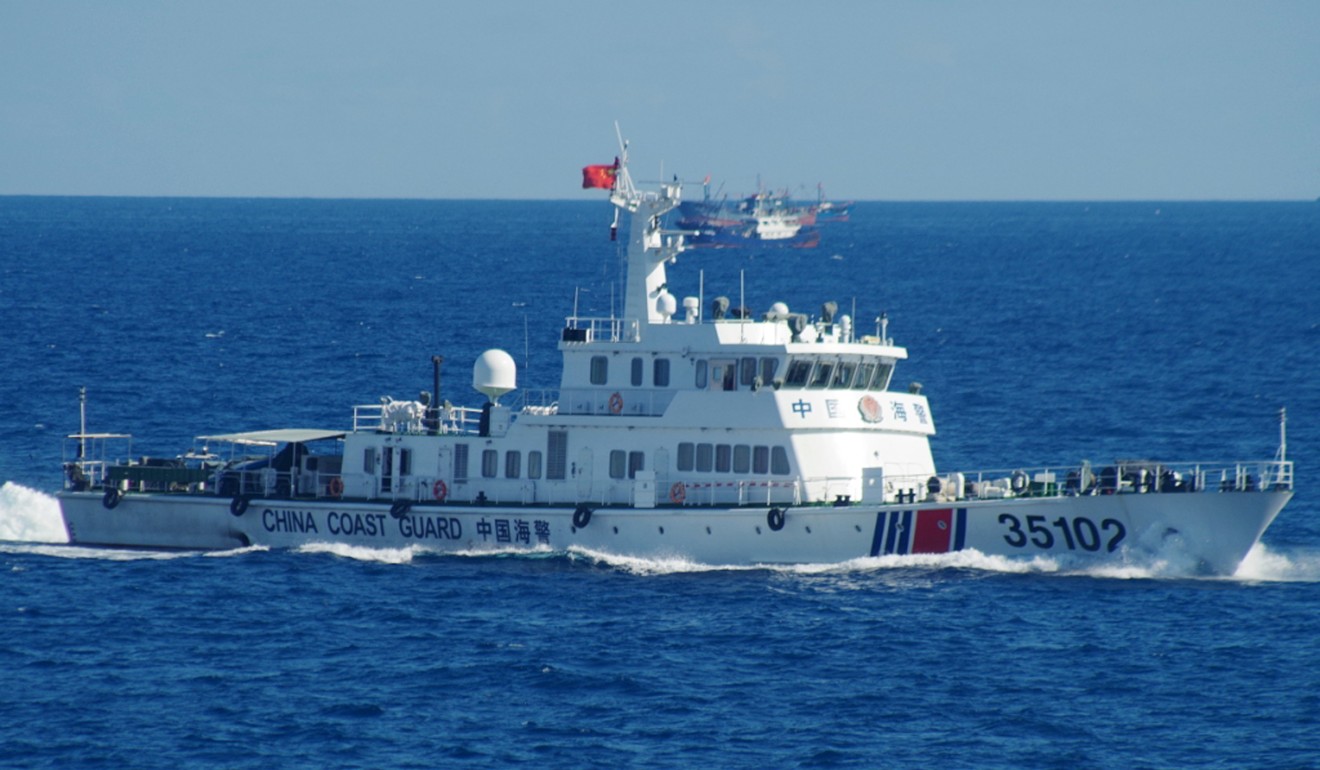
Beijing defends East China Sea activities after Japan protests
China insists oil and gas exploration is taking place within its own waters after long-standing territorial dispute flares up

China defended its oil and gas activity in the East China Sea on Wednesday, saying that it was operating in areas “indisputably” under its jurisdiction, after Japanese protests stirred a long-standing dispute over the region.
The two countries both claim islands that are under Japanese control and known as Senkaku in Tokyo and Diaoyu in China.
Both states regularly send ships to nearby waters to assert their claims amid repeated diplomatic clashes.
Talks between Tokyo and Beijing started in June 2008 with the aim of improving cooperation over oil and gas resources in the area. But they broke down two years later amid rising tensions and have not resumed.

On Tuesday, Japan’s most senior government spokesman Yoshihide Suga said it was “extremely regrettable that China was unilaterally continuing its development activity” by stopping mobile drilling ships near the median line separating the two countries’ exclusive economic zones (EEZ).
He added that Japan lodged a protest late last month after noticing the activity but did not specify what exactly the Chinese ships were doing.
“China’s oil and gas activities in the East China Sea are all located in maritime areas indisputably under Chinese jurisdiction,” China’s foreign ministry told AFP in a statement, adding: “The so-called issue of ‘unilateral exploitation’ does not exist.”
The gas field under the joint development agreement lies in an area where both countries’ EEZs overlap.
Japan says the median line between the two nations should mark the limits of their respective EEZs.
But China insists the border should be drawn closer to Japan, taking into account the continental shelf and other features of the ocean.

China’s foreign ministry said it rejected the idea of a median line between Japan and China, calling it “Japan’s unilateral proposition”.
Chinese drilling ships were last spotted near that line in October 2016.
So far, China has built 16 drilling platforms on its side near the median line, according to Japan’s Asahi newspaper.
Earlier this year, Donald Trump offered reassurances the United States would come to Japan’s defence if China were to seize the uninhabited islands.
A joint statement with Japan’s Prime Minister Shinzo Abe in February said the pair “opposed any unilateral action that seeks to undermine Japan’s administration”.